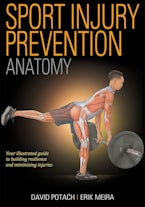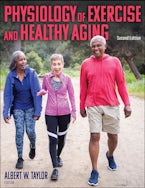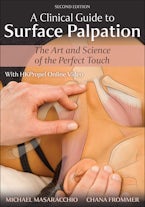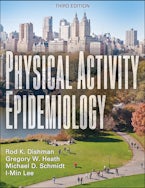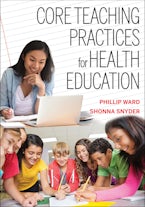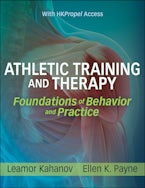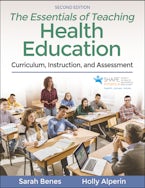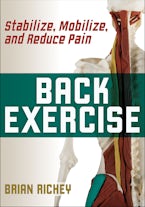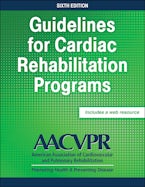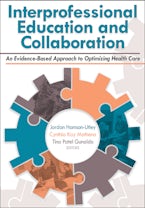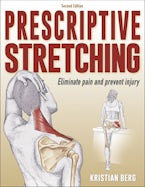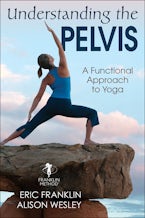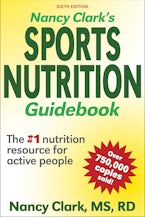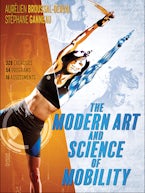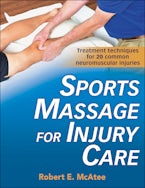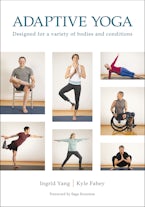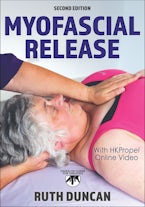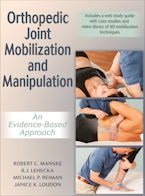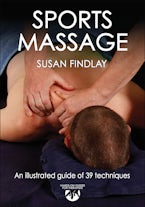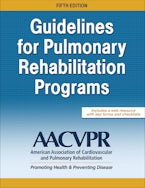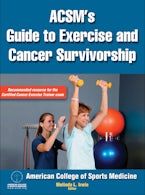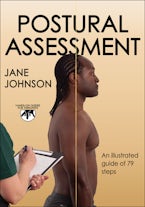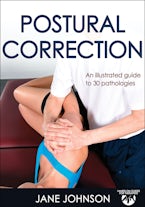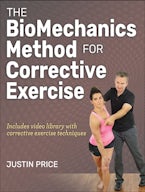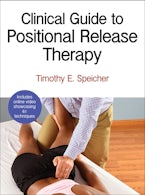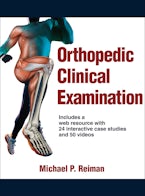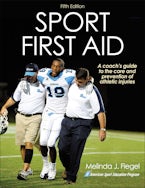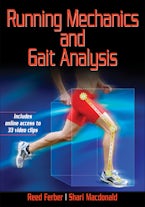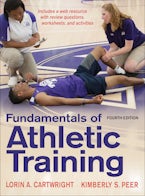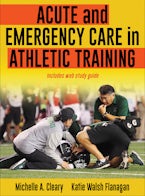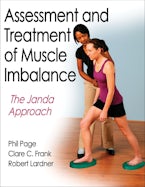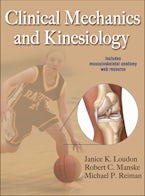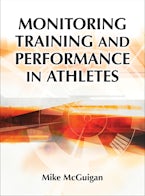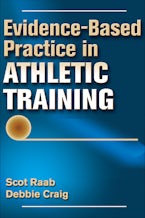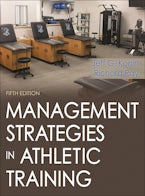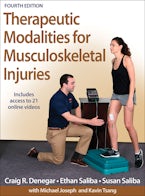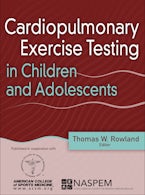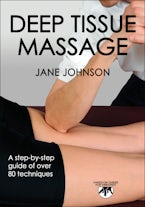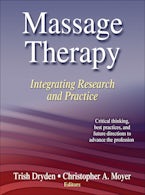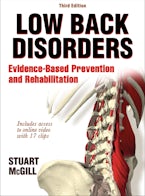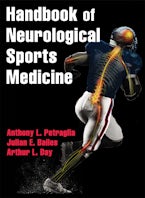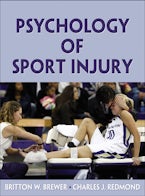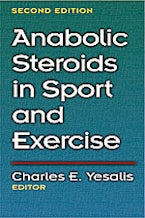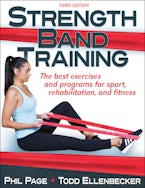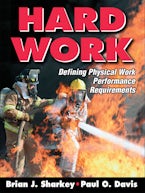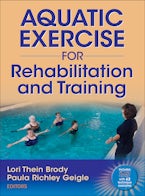Human Kinetics is the authority on health care in exercise and sport – from the latest in sport medicine to key insights and practical guidance on physiotherapy, rehabilitation and care for special conditions, we’ve got you covered. Find our newest releases, popular titles, and a range of supporting resources below!
Recently published
The Essentials of Teaching Health Education
Curriculum, Instruction, and Assessment
£76.00
9781492593560
Interprofessional Education and Collaboration
An Evidence-Based Approach to Optimizing Health Care
£72.00
9781492590033


Fresh insights
Rehabilitation of Musculoskeletal Injuries
Rehabilitation of Musculoskeletal Injuries, Fifth Edition, presents foundational concepts that support a thorough understanding of therapeutic interventions and rehabilitative techniques.
Updated with the latest research in evidence-based practice, this text prepares students for careers in health care while serving as a valuable reference for experienced clinicians. Readers will learn what to expect when treating clients, how to apply evidence-based knowledge, and how to customize individual rehab programs. Related online video demonstrates 47 of the most challenging or novel techniques and can be used in the classroom or in everyday practice.
Find out more!
Sport Injury Prevention Anatomy
Sport Injury Prevention Anatomy helps you design your own exercise programs by exploring the key components of an injury prevention program: needs analysis, exercise selection, training frequency, timing, and intensity and volume.
Focusing on resistance training as an ideal injury prevention method, you’ll find sample programming templates as well as advice on how to incorporate the various exercises into an existing training plan. You’ll also learn the important role the warm-up plays in injury prevention and discover methods to prime your body for optimal performance.
Find out more!
Physiology of Exercise and Healthy Aging
With life expectancy increasing globally, older adults around the world want to live active lifestyles with improved health and higher quality of life. Physiology of Exercise and Healthy Aging, Second Edition, examines the effects of the aging process on the major physiological systems and identifies the positive impacts of physical activity and regular exercise for older adults, including delaying specific diseases and increasing quality of life.
Students will be presented with foundational concepts of physiology to understand the structural and functional changes on the major physiological systems throughout the aging process. Physiological responses to acute and chronic exercise are examined, with comprehensive coverage of studies on age-related diseases and other common issues for older adults, including cardiovascular disease, cardiorespiratory fitness, type 2 diabetes, muscle metabolism and strength, osteoporosis, neurophysiology, and arthritis, plus content new to this edition that addresses mental health, pelvic floor issues and incontinence, and sexual activity.
Find out more!
Recent and popular blog posts
How to prevent injury in sport
Injury can put an athlete out of sport for weeks, months, or even completely. That’s why it is important to have a solid understanding of why injuries occur and how to prevent them.
In this post we explore injury prevention methods adapted from Periodization of Strength Training for Sports.
Read more…
Depression and exercise
This post covers exercise prescription for those with depression, how much exercise is required and adherence. It contains excerpted content from Clinical Exercise Physiology, Fifth Edition.
Read more…

Editor’s choice
Exercise Management for Chronic Diseases and Special Populations
£108.00
9781718200449
The Essentials of Teaching Health Education
Curriculum, Instruction, and Assessment
£76.00
9781492593560
Athletic Training and Therapy
Interprofessional Education and Collaboration
An Evidence-Based Approach to Optimizing Health Care
£72.00
9781492590033
Cardiopulmonary Rehabilitation
Health Care for Special Conditions
Physical Activity and Health Guidelines
Recommendations for Various Ages, Fitness Levels, and Conditions from 57 Authoritative Sources
£53.00
9780736079433
Massage Therapy
Medicine in Exercise and Sport
Interprofessional Education and Collaboration
An Evidence-Based Approach to Optimizing Health Care
£72.00
9781492590033
Handbook of Neurological Sports Medicine
Concussion and Other Nervous System Injuries in the Athlete
£85.00
9781450441810
Physical Activity and Type 2 Diabetes
Therapeutic Effects and Mechanisms of Action
£85.00
9780736064798
Physical Therapy / Physiotherapy
Interprofessional Education and Collaboration
An Evidence-Based Approach to Optimizing Health Care
£72.00
9781492590033
Handbook of Neurological Sports Medicine
Concussion and Other Nervous System Injuries in the Athlete
£85.00
9781450441810

Photo by Karolina Grabowska from Pexels



